
Katie’s personal style sense for 2026 is understated elegance. It includes a feeling for vintage while keeping her style sense modern.
Introduction
Happy New Year to all! I wish everyone success in their fashion related endeavors. I am still in the progress of refining my 1930s slopers and approach to inspirations routed in vintage aesthetics. I will be posting about the changes in my design approach once I have my new toiles and patterns ready for release to the commons. In this posting, I am sharing Katie’s New Year’s look.
Personal style approach for 2026
The key words for 2026 are personal style. Style is your own unique sensibility. You bring this to every outfit you coordinate and every wardrobe you curate. As we move into a New Year, I will be introducing the new elements that have enriched my personal approach to patternmaking, styling and the creation of vintage inspired looks for my patterns.
Katie’s New Year’s style is minimal. It is a look created for a professional business woman entertaining guests at home or attending a formal function for work. It is rich, yet understated. It is elegant, yet comfortable. Let’s breakdown the individual pieces in this outfit.
Elements of Katie’s New Year’s Look

Blouse: A simple scoop neck pull-over top with short sleeves begins the look. The understated champagne colored hue and silky surface set the tone for the other pieces. The blouse is made of a stretchy poly-silk fabric. It is unfitted and drapes beautifully. Katie wears a white camisole underneath for modesty and to maintain a professional appearance.
Sweater: The claret colored sweater is semi-fitted through tapering at the side seams. The slight flare at the hipline creates a dramatic flow that harmonizes with the black palazzo pants. The unbroken line creates a flattering silhouette. The sleeves of the sweater are intentionally longer. They can be pushed up or folded at the wrist to create different looks. I went for pushing the sleeves up to create a slightly casual feeling to the outfit. Katie is dressed up and relaxed about it.
The buttons on the sweater are not only a focal point. These large gold toned buttons make a statement about Katie’s values and her message for the New Year. The first button is a sunburst. This symbolizes the dawn of the New Year. The second button is unevenly textured. It looks like waves in the churning ocean. This can be seen as being receptive to intuitive and creative promptings. It signifies looking within for creative expression. The last button resembles a hammered surface. The slight indentations have not damaged the button’s appearance. Instead they lend interest to it. This can be viewed as acknowledging one’s shortcomings as well as one’s talents. Difficulties and shortcomings are always overcome when accepting the challenge. Working through a situation, and asking for help if needed, will bring a resolution. This is how Katie and I interpret the messages these buttons symbolize.
What makes the buttons so interesting is the Rule of Three. In visual marketing odd numbers attract more viewers than even numbers. This rule can be applied to a grouping of three mannequins, three accessories, the use of three different display stands of varying height and so on.
Slacks: The black palazzo pants offer an unexpected element of fluidity and flare to the outfit. They are more comfortable and gentle on the figure. This pair has pleats at the waist and pockets. The slacks rests on the natural waistline. It has belt loops for a 1″ belt. This makes more styling possibilities for future outfits featuring belts or sashes.
Shoes: Burgundy suede shoes with pointy toes and a 2″heel complete this elegant look. I intentionally chose burgundy so that the claret colored sweater retained interest. Burgundy brings the idea to a close and does so elegantly. The outfit is united in colors that work together, but not so coordinated as to be uninteresting.
My source of inspiration
I got the idea for the colors used while reading through a wine list at a holiday party. It was a delightful adventure shopping for these pieces based on the color palette. I never expected that. It proves that remaining open to those inner creative promptings will bring new and heightened sensitivities to color and coordination of outfit elements.
Note: I wrote this entire posting on my own. No AI has been used for refining of revising.
Photo: taken with my LG Android phone
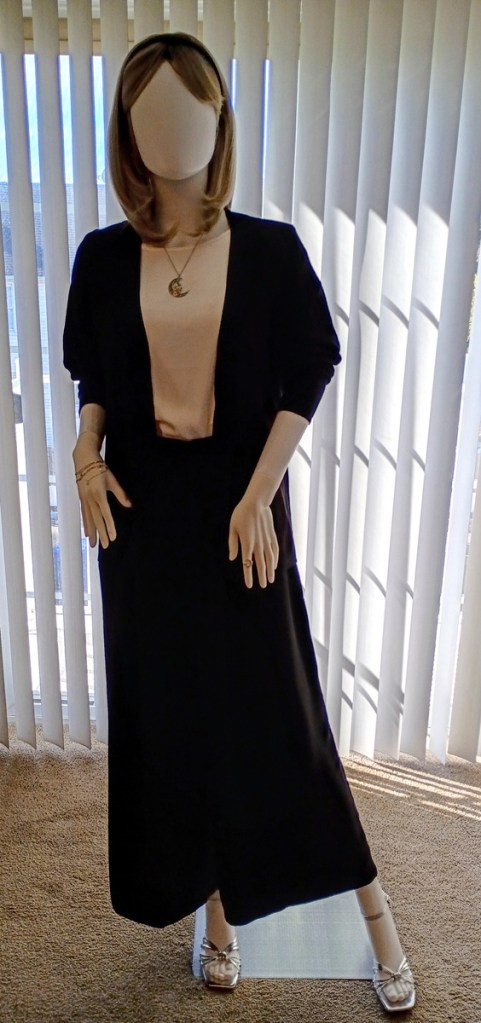
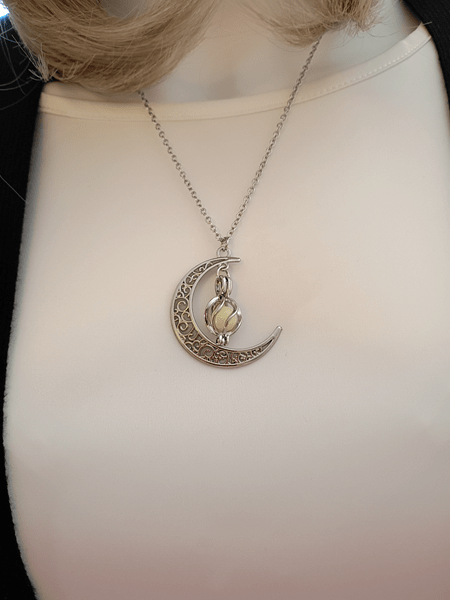



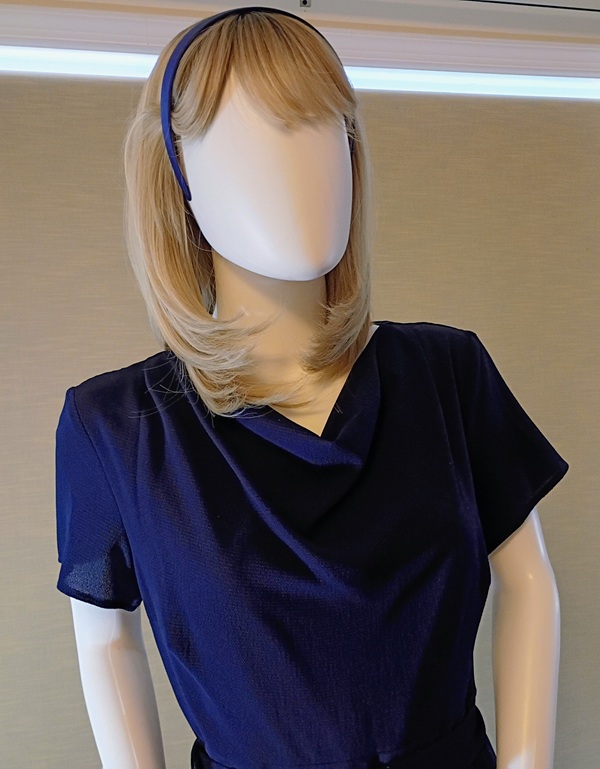



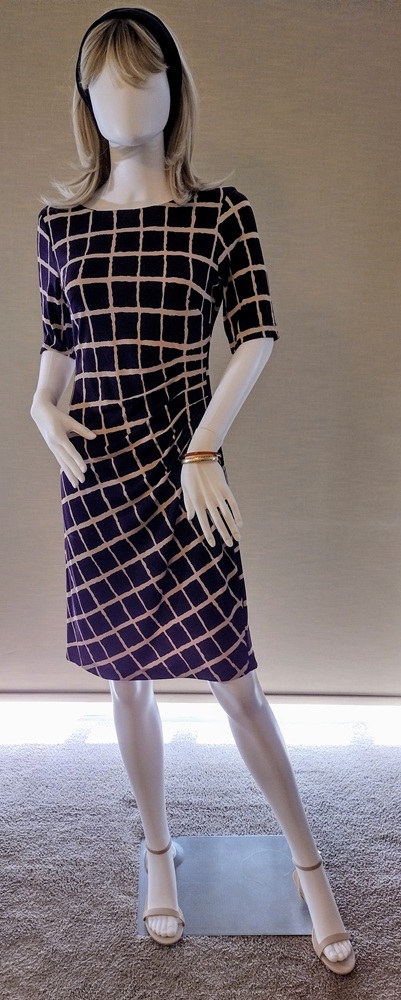
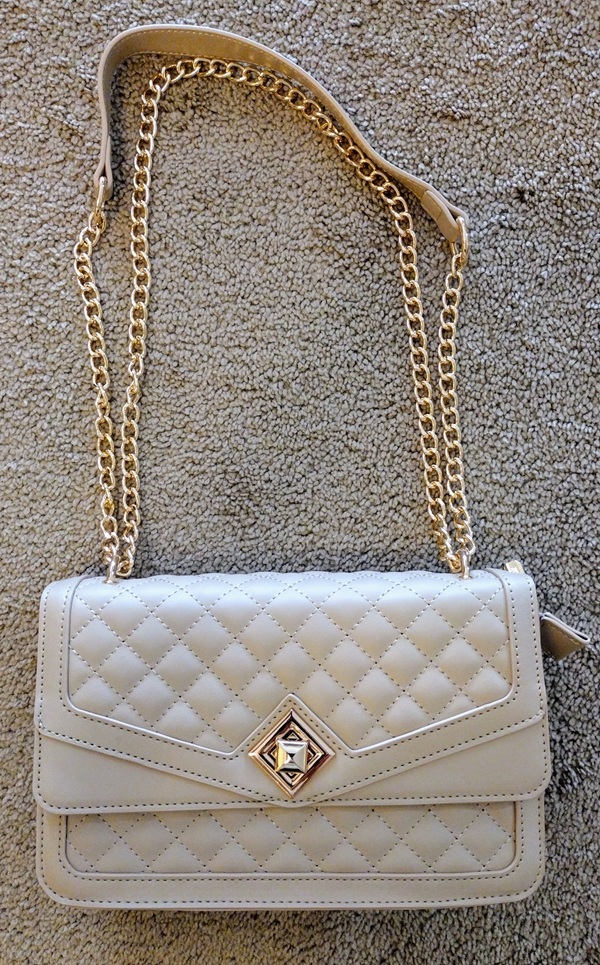


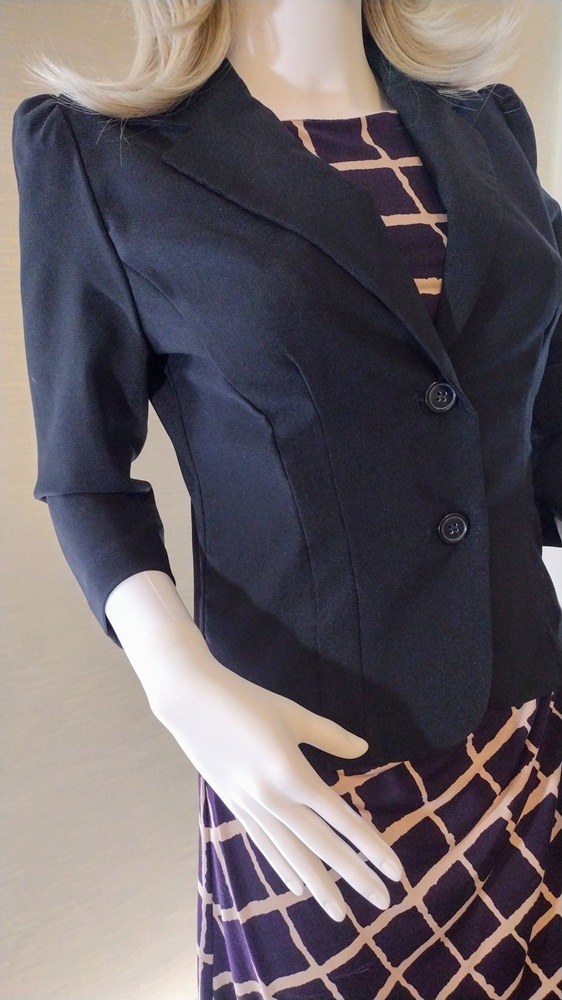
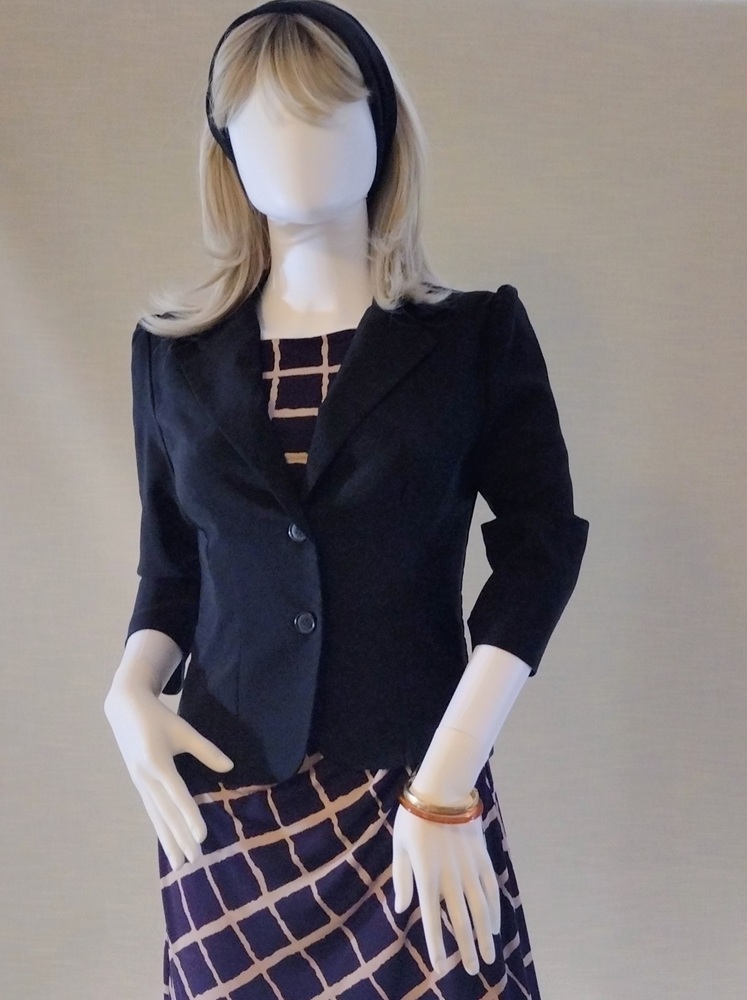








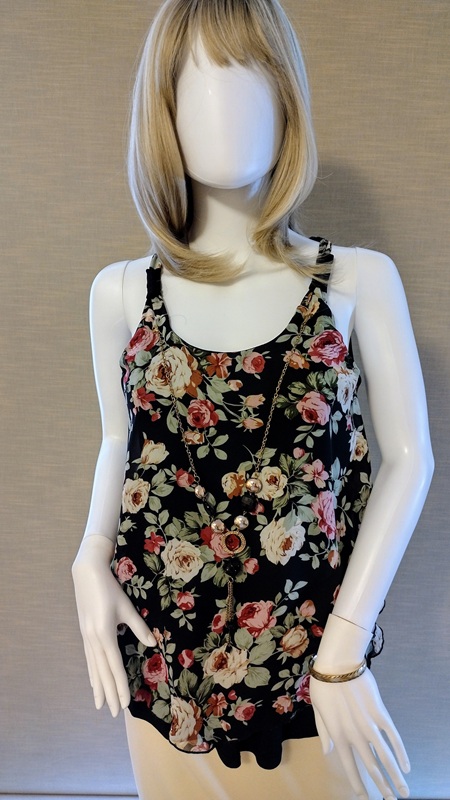

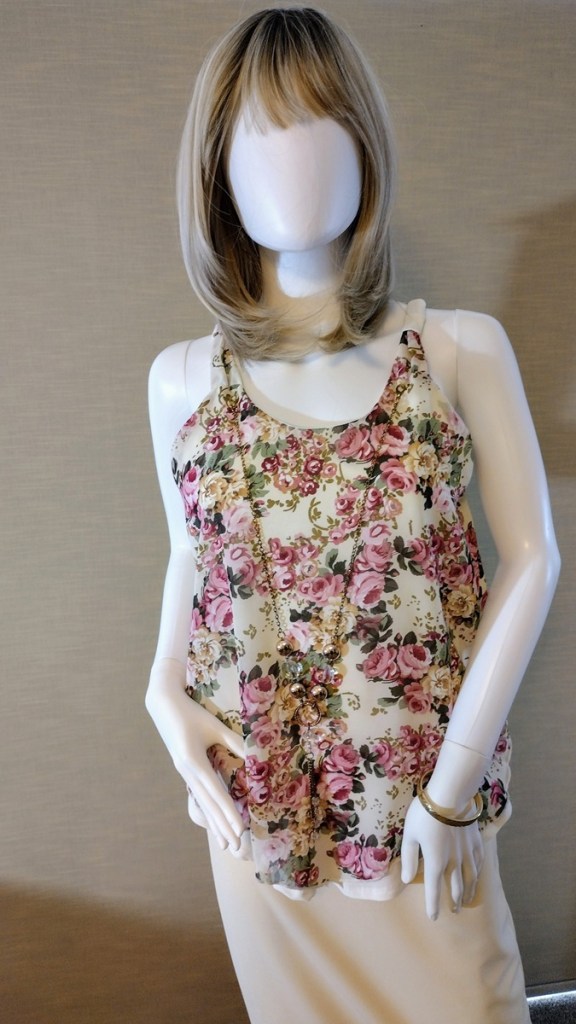
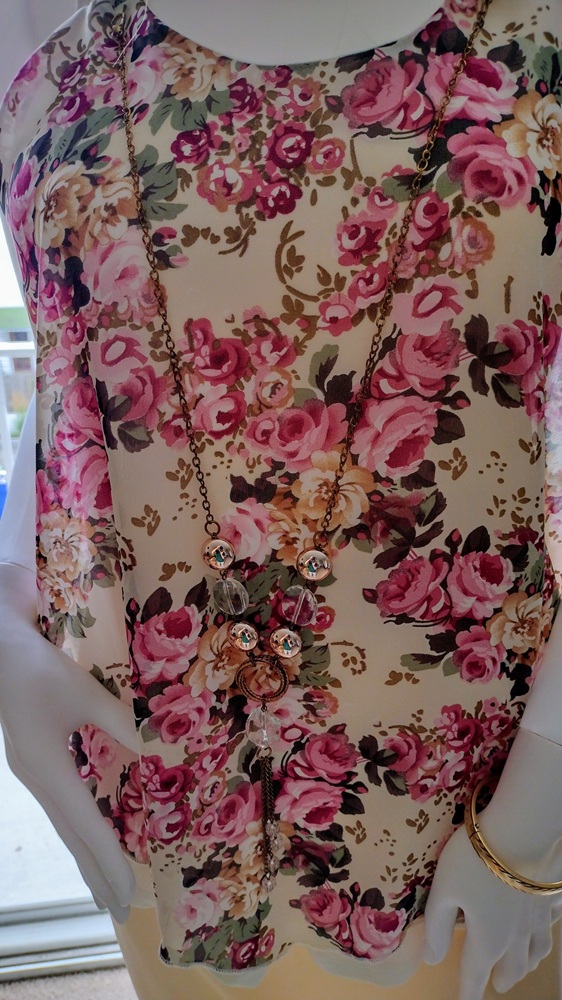








You must be logged in to post a comment.